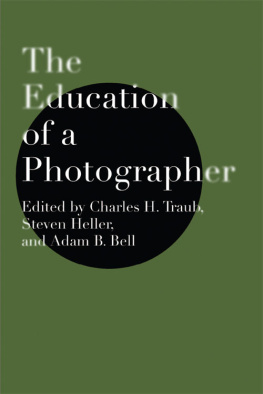James Traub - The Devils Playground
Here you can read online James Traub - The Devils Playground full text of the book (entire story) in english for free. Download pdf and epub, get meaning, cover and reviews about this ebook. publisher: Random House Publishing Group, genre: Non-fiction. Description of the work, (preface) as well as reviews are available. Best literature library LitArk.com created for fans of good reading and offers a wide selection of genres:
Romance novel
Science fiction
Adventure
Detective
Science
History
Home and family
Prose
Art
Politics
Computer
Non-fiction
Religion
Business
Children
Humor
Choose a favorite category and find really read worthwhile books. Enjoy immersion in the world of imagination, feel the emotions of the characters or learn something new for yourself, make an fascinating discovery.

- Book:The Devils Playground
- Author:
- Publisher:Random House Publishing Group
- Genre:
- Rating:5 / 5
- Favourites:Add to favourites
- Your mark:
- 100
- 1
- 2
- 3
- 4
- 5
The Devils Playground: summary, description and annotation
We offer to read an annotation, description, summary or preface (depends on what the author of the book "The Devils Playground" wrote himself). If you haven't found the necessary information about the book — write in the comments, we will try to find it.
The Devils Playground — read online for free the complete book (whole text) full work
Below is the text of the book, divided by pages. System saving the place of the last page read, allows you to conveniently read the book "The Devils Playground" online for free, without having to search again every time where you left off. Put a bookmark, and you can go to the page where you finished reading at any time.
Font size:
Interval:
Bookmark:
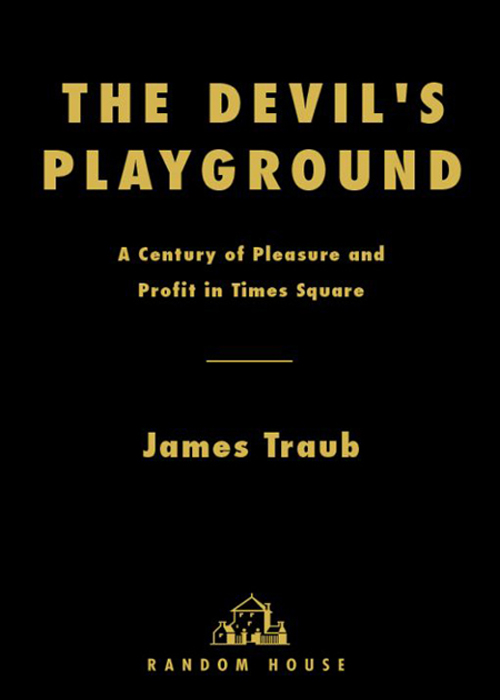
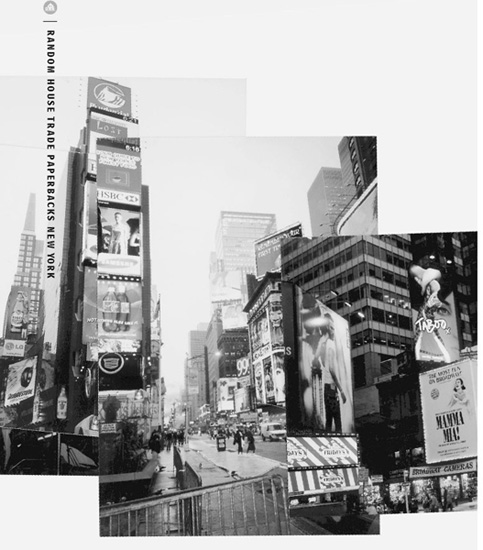
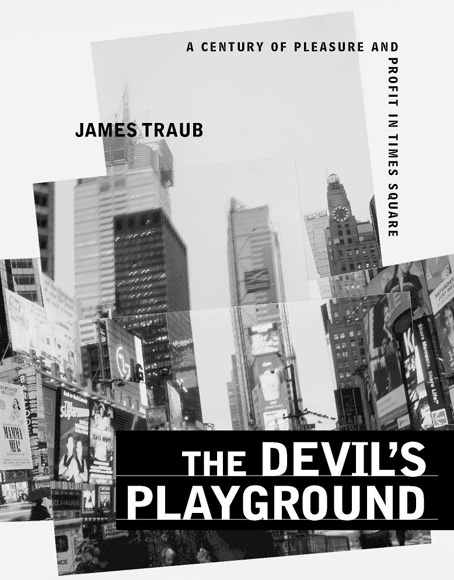
Table of Contents
TO ALEX,
MY SPARRING PARTNER,
AND BUFFY,
MY PARTNER
Praise for THE DEVILS PLAYGROUND
Both an engaged civics lesson and a work of social history... On every page you learn something about how the city really happened, and how it really happens now. [Traub] is particularly good at wrestling complicated history into a few tight pages.... Traub also has a gift for filtering social history through a previously invisible, individual agent.
Adam Gopnik, The New Yorker
The Devils Playground is far more than a potted history of a piece of New York geography. It offers, among other things, an entertaining survey of the showmen and women who made The Great White Way a mecca of popular culture; a perceptive analysis of the struggles over money and values that marked the areas degradation and recovery; and an intelligent running commentary on what this whole business of cultural icon-dom is about anyway.... [Traubs] judgments are grounded in a common-sense tolerance for honest points of view, however unfashionable they may be.
The Wall Street Journal
Compact and sparkling... [Traub] is a sharp and lively stylist, and he approaches history as a reporter, burrowing through mounds of fact to emerge with the telling anecdote or cinematic description.
Newsday
Today, when the complaints against Time Square can be summed up in the single word Disney, there is even some lingering affection for the Peep Land, Travis Bickle dystopia of the 1970s. As Mr. Traub writes, the layers sit atop one another like geological strata. The Devils Playground drills through those strata with Mr. Traubs characteristic intelligence and brio.
The New York Sun
The charm of The Devils Playground... rests on the authors determination not to romanticize the most over-dreamed plot of real estate this side of Eden. The narrative combines a wonkish fascination for contemporary deal making with glamorous tales from the days of lobster houses, Runyonesque gangsters, and naked chorines on glass platforms.
Time Out New York
Well-written... mellifluous and reflective.
The New York Review of Books
In eloquently detailed prose, enlivened by stories of myriad Broadway personalities, Traubs narrative reviews the areas history and poses complex questions.... Traub is a fair, careful reporter and an engaging writer.
Library Journal
Traub has made a career out of writing about New York and its institutions. He has the right: he lives and breathes the city, and his prose tumbles out sparkling and effortless. His history of Times Squareits name was changed from Longacre Square in the spring of 1904 for the newspaper headquartered thereis a vivid and remarkably nonjudgmental tale.... A fabulous read that quite nearly captures the gorgeous disarray and epic higgledy-piggledy of the worlds gathering place.
Kirkus Reviews (starred review)
INTRODUCTION
ONE NIGHT IN THE FALL OF 2002 I took my son, Alex, then eleven, to see the play 42nd Street, which was showing at the Ford Centeron 42nd Street. It was a Saturday night, and the balcony was full of loud, happy out-of-towners. To our right, four girls chattered away in Chinese. The row in front of us was full of sailorsa nostalgia trip all by itself, for sailors and soldiers have been coming to Times Square for a night of fun for a good three-quarters of a century. These boys, the drill team from the Groton sub base in Connecticut, were polite, talkative, and positively button-eyed with excitement; a few of them had never been in New York before. And on their one night out in New York, the submariners had decided to take in not a strip show but a Broadway musicaland what a musical it was! The curtain rose, and then stopped, about eighteen inches up. All we could see were disembodied shoes, in crazy shades of yellow and green and orange and blue, moving at a blur; and the theater echoed with the obbligato of rapid-fire tap dancing. No music; just rhythm. It was a moment of pure Broadway virtuosity. The first time I had gone to the show, a few months earlier, an old gent with a cane sitting down the row from me had loosed a spontaneous shout when the feet came out. Now the boys from Groton, and the Chinese girls, and Alex and I, were all cheering with delight. I was also furtively dabbing at my eyes.
Thats Broadway for youbright lights and gaudy colors, energy and talent, the old-fashioned chorus line and the old-fashioned emotions. 42ndStreet punches the same buttons theyve been punching in Times Square for a hundred years. But 42nd Street is also about those buttons, and about that old Times Square. The play is a musical about the making of a musical, Pretty Lady, in the worst years of the Depression. To say that 42ndStreet is about the Depression would make the play into a far more weight-bearing instrument than it aspires to be; insofar as it is about anything, it is about the kids of the chorus who are the true citizens of Broadway, who under all the wisecracking and makeup believe ardently in the dreams in which shows like Pretty Lady traffic. The Depression exists not as a social phenomenon to be examined, but as a giant piece of rotten luck, which makes us root for the show, and admire the kids, all the more. When Pretty Lady is threatened with sudden collapse, the kids wonder where their next meal is going to come from; but we know that the indomitable Broadway spirit will rise above misfortune.
The musical 42nd Street began its life as a 1933 Busby Berkeley movie actually, it began its life as a novel, now long forgotten, by one Bradford Ropesso, for the first audience the setting was contemporary, and the shows yearning and escapism reflected the audiences own deepest wish. Now, of course, thats no longer true. The appeal of 42nd Street is overtly nostalgic. The air of desperation and fear that must have seemed terribly familiar in 1933 gives the play its authenticity today; here is the mythical Times Square of the thirties, the Runyonesque Times Square, right up to Nick Murphys hoods, who threaten to break a leg or two (but dont). Who doesnt know the song: Naughty, bawdy, gaudy, sporty... 42nd Street! We dont pity the kids; we envy them, for the sheer vitality, the electricity, of their world. When we watch 42nd Street we look not only backward but outwardto the street of the play, which of course is also the street of the theater, the street right outside the door. We compare their 42nd Street with ours.
Our 42nd Street was a consciously, sometimes even lovingly, reengineered urban space. For, by the 1960s and 1970s, the naughty and bawdy had descended into the squalid and pathological; and in the ensuing decades New York City and State had undertaken a massive project of urban re-creation. And it had worked. The very fact that we were watching a musical on 42nd Street was proof, for the theater we were sitting in had been showing pornographic movies twenty years earlier. The Ford Center had been built from the wreckage of two splendid old theaters, the Apollo and the Lyric, the latter dating from 1903; the glorious scroll-work and arabesques of the Lyrics 43rd Street faade now constituted the rear entrance of the Ford. Just down the street, toward Broadway, was a childrens theater known as the New Victory and reconstituted from the ruins of the Republic, built in 1900; and directly across 42nd was the renovated New Amsterdam, an art nouveau masterpiece that in the early years of the previous century had been considered the most architecturally innovative theater in the United States.
Next pageFont size:
Interval:
Bookmark:
Similar books «The Devils Playground»
Look at similar books to The Devils Playground. We have selected literature similar in name and meaning in the hope of providing readers with more options to find new, interesting, not yet read works.
Discussion, reviews of the book The Devils Playground and just readers' own opinions. Leave your comments, write what you think about the work, its meaning or the main characters. Specify what exactly you liked and what you didn't like, and why you think so.

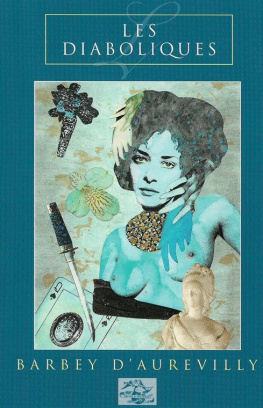
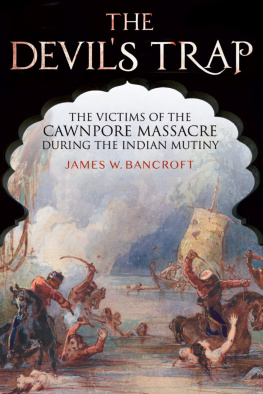
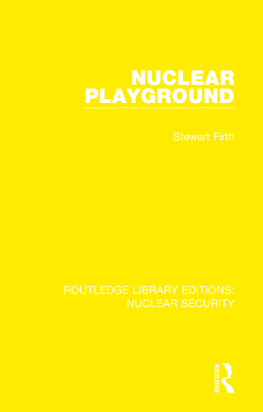
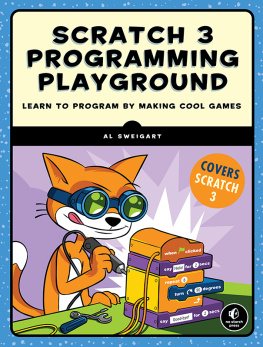
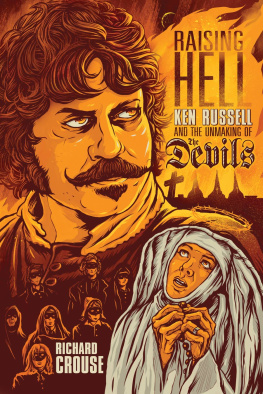

![Eric Traub [Eric Traub] - Learn Blockchain Programming with JavaScript](/uploads/posts/book/120568/thumbs/eric-traub-eric-traub-learn-blockchain.jpg)

